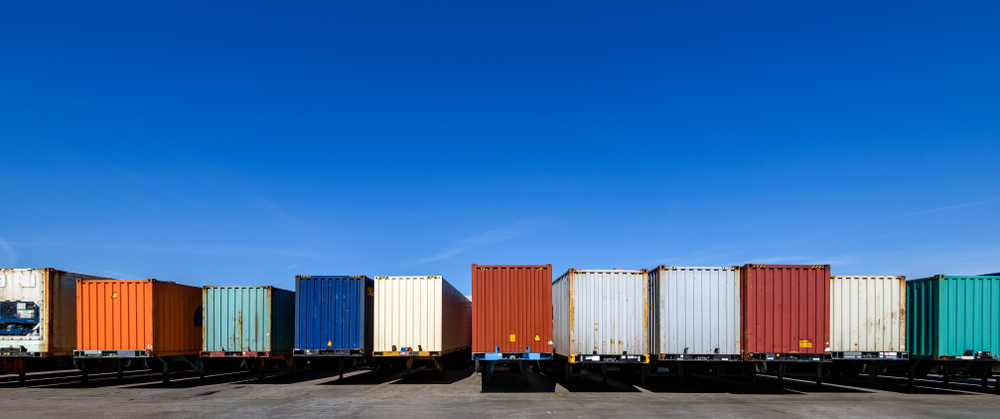A digital freight brokerage platform that merges transparency, visibility, efficiency, and advanced tools for optimal performance
Ship with usOptimizes truck space by digitally consolidating partial loads into a single full truckload for dry or refrigerated cargo
Ship with usGlobal freight forwarders and top transport companies can adopt Cargobot's marketplace to connect shippers with carriers in their markets
Ship with usAccess and bid on diverse freight loads, lanes, or projects from the U.S., Canada, and Mexico on our platform
Haul with usCargobot simplifies API integration for industry and tech firms, offering complementary digital solutions
Enhance your business by leveraging our advanced technology and services to improve shipper and carrier connections
Leverage Cargobot Pool to turn partial loads into full truckloads, scaling your business
Cargobot Pool
How to Choose the Right Partner for PTL Transport Solutions in 2023
- Chapter I: Introduction
- Chapter II: What Is Partial Truckload Shipping?
- Chapter III: What Is Considered a Partial Truckload?
- Chapter IV: What Is the Difference Between PTL and LTL?
- Chapter V: What Is the Difference Between PTL and FTL?
- Chapter VI Choosing the Right PTL Transport Partner
- Chapter VII Benefits of Partial Truckload Shipping
- Chapter VIII Grow Your Business with the Right PTL Solution
Introduction
The US trucking industry accounts for over 70% of the total freight, cementing its role as a vital backbone of the economy. More importantly, this highlights the importance of shippers and freight forwarders in ensuring product availability, meeting consumer needs, and supporting manufacturing.
To that end, freight forwarders and inland shippers need solutions that simplify and streamline their everyday processes to ensure efficiency and cost-effective deliveries. This is particularly vital when determining the ideal freight mode for your dry, fresh, or delicate shipments.
Essentially, you have three options: full truckload (FTL), partial truckload (PTL), and less than truckload (LTL), and your choice depends on your shipment volumes. This post will delve deep into PTL to explore its benefits, its difference from other options, and how to pick the ideal PTL partner.
What Is Partial Truckload Shipping?
Partial truckload shipping is a freight mode for shipments that are too large for LTL shipping but not large enough for FTL shipping. It’s a hybrid of LTL and FTL, allowing you to enjoy the benefits of the two freight modes.
Also known as volume LTL, PTL provides one truck for your freight to save time and ensure faster transit times. You share the truck space with one or more customers, allowing you to share the freight rate depending on the sizes of the loads.
It involves less handling and fewer stops, making it ideal for fragile shipments susceptible to damage during loading and unloading. If you need to ship 6 to 20 pallets, PTL shipping is the perfect option.
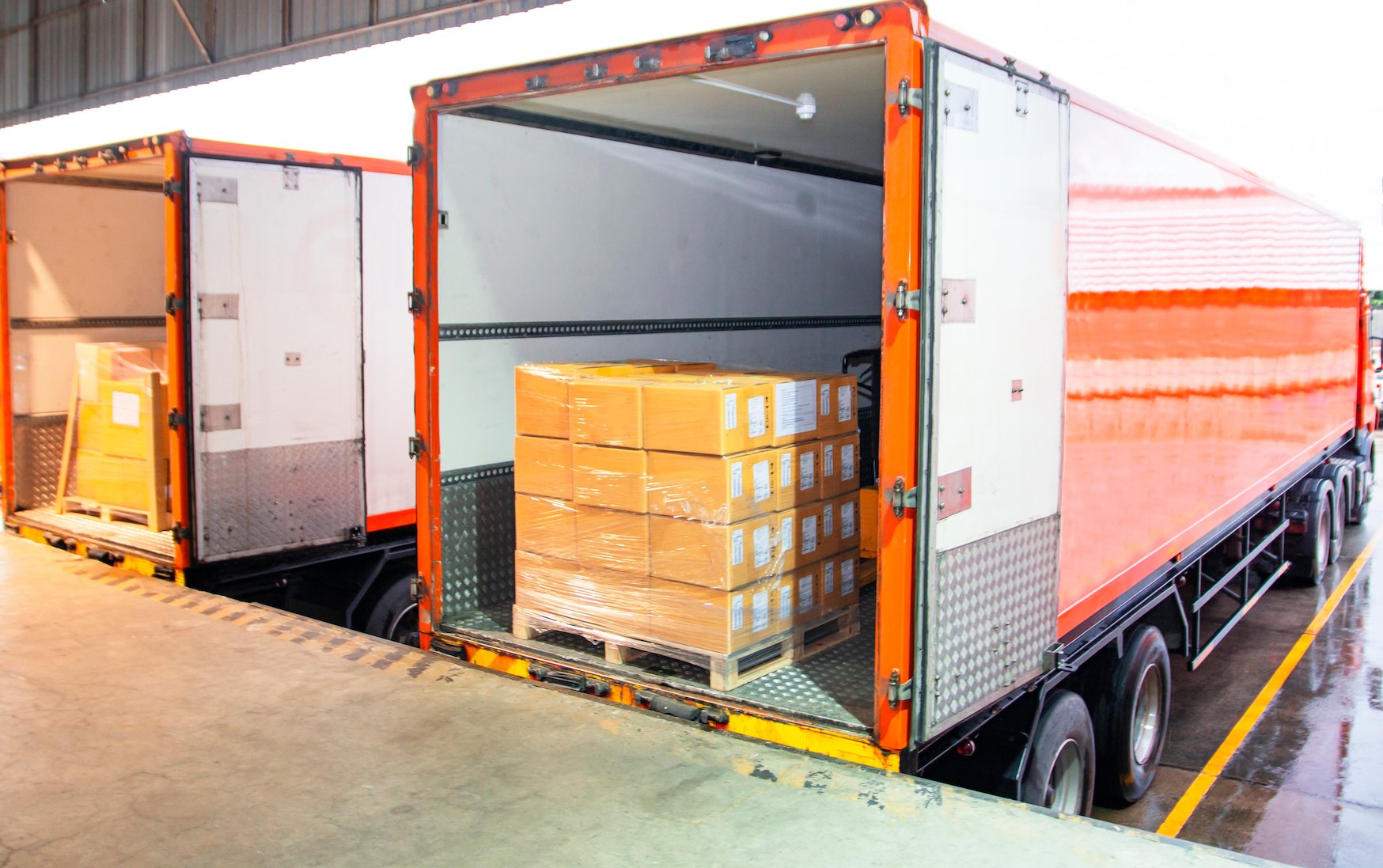
What Is Considered a Partial Truckload?
Shipments with 6 to 20 pallets or weighing 8,000 to 27,000 pounds are considered partial truckloads. You’ll also need to measure the dimensions of your shipment, and it should be a minimum of 12 linear feet and a maximum of 30 linear feet.
Bear in mind that PTL transport has specific size requirements for shipments. Plus, you can choose from different options, such as flatbeds, dry vans, and reefers or temperature-controlled trucks, depending on the type of your shipments.
What Is the Difference Between PTL and LTL?
LTL shipping is the typical option for small loads. Depending on your heavy hauling needs, you can pick between PTL and LTL modes, but what are their differences? Here is what you should know
- PTL loads don’t need pallets, whereas LTL shipments must have pallets
- PTL shipments don’t need freight class designations; LTL shipments do
- PTL rates are market-driven, while LTL rates depend on published carrier rates
- PTL shipments require freight insurance, while LTL needs freight liability
In LTL shipping, your shipment shares a truck with shipments from other businesses headed to the same hub or destination. If destined for a particular hub, it may be loaded onto another truck before reaching its destination.
With PTL shipping, your shipment also shares a trailer but doesn’t get unloaded along the way. In this case, the carrier rarely stops at terminals or hubs, improving delivery times and reducing the risk of damage due to frequent handling.
What Is the Difference Between PTL and FTL?
FTL makes a great alternative to PTL if your freight exceeds 20 pallets or 30,000 lbs. Here are the key differences between these two options:
- PTL shipments share space with other loads, while FTL shipments get dedicated trailers
- PTL loads need to be 8,000 - 27,500 pounds, whereas FTL loads are between 28,000 to 48,000 pounds
- PTL has tailer feet of 20 - 40 feet, while the FTL is 53+ feet
Remember that FTL shipping offers better transit timing control and touchpoint visibility than PTL shipping. It’s also efficient as the trailer only stops when the driver needs a rest. However, FTL is the most expensive option of the three modes.
Choosing the Right PTL Transport Partner
If you’re a shipper or freight forwarder, the success of your business hinges on partnering with a suitable PTL carrier. A PTL transport carrier can break or improve your business. For example, delayed deliveries due to the carrier’s inefficiencies can impact your customers or processes.
As such, you need to pick a reliable shipping carrier for your business, and here are the key factors to consider:
Shipping Coverage
Working with a carrier that ships to your specific destinations is much easier, especially with today’s capacity shortage. Juggling between different carriers can be costly, time-consuming, and hectic. So, it’s advisable to list your destinations and inquire if the carrier services the areas.
Bear in mind that most small local carriers operate regionally, and this might be limiting if you need national or interstate services. Choosing such a service also means your cargo will likely change hands often before reaching its destination.
Instead, you can streamline your shipping processes and ensure better delivery times for your clients by identifying a carrier that ships to all your destinations. Take the time to review the coverage area of potential carriers to ensure they’re capable of meeting your needs.
Tracking Capability
You need to know the status and location of your shipment, especially when shipping long distance or overseas. Tracking allows you to keep track of the whereabouts of your shipment, allowing you to update your customers as needed.
You can also share the tracking code with your clients, and this plays a role in improving the overall customer experience. It also makes it easy to calculate the transit time, allowing you to make rough estimates of delivery times.
So, make sure you pick a carrier that offers GPS tracking capability and detailed information on shipment location to give your clients peace of mind and keep them updated. Better visibility into your shipments helps in making predictions and ensuring efficiency.
Types of Products
Before picking a carrier, take the time to assess your products and the kind of products the carrier specializes in. Will your product need special packaging and handling? Do they have temperature requirements?
For example, cold and frozen food needs insulated containers, gel packs, or refrigerants like dry ice, while baked goods need airtight wrapping. If you have fragile or delicate items, they should be able to provide air-cellular material or other cushioning material.
Be sure to work with a carrier that can accommodate your types of products, packaging needs, and handling preferences. This is particularly important if you deal in delicate or refrigerated products — you want to minimize or prevent damage to your shipment.
Quality of Service
It’s essential to understand the carrier’s quality of service. Do they have many complaints or a history of shipment damage or loss? How do they handle customer issues? What solutions do they offer to deliver the right experience?
Do a background check on the carrier and use customer review sites, like Trustpilot, to check their reviews. Ask questions about everything, including insurance, packaging, and truck options. You can even call to ask questions and gauge how responsive and friendly they’re.
More importantly, the company should offer a variety of services to be able to handle all your needs. For example, your freight might need a small truck for deliveries or a tailgate during loading. The company should be able to offer such special handling services.
Freight Rates
While it’s easy to opt for the cheapest carrier, it’s not always the best option. Comparing shipping costs is advisable, but pick the most reasonable choice that offers the best rates for your desired capacity.
Remember that some costs depend on market dynamics and other external factors, such as fuel and tolls. Rates for vans, trucks, flatbeds, and reefers are different, and they depend on distance, shipment weight, freight classification, and shipment density.
Trucking freight rates are calculated per mile, so it’s vital to determine the distance between the shipment origin and destination. Factors like fuel, auto maintenance, insurance, and tolls also affect the cost per mile. For instance, the rate for vans varies from $2.30 – 2.86 per mile.
Technical Capabilities
In today’s advanced world, nearly every process and decision is driven by technology. As such, it’s essential to pick a carrier that leverages tech solutions like dynamic routing, temperature tracking, and driver scorecards to offer services and ensure the effective movement of goods.
For example, a carrier using a solution like Cargobot Pool can avoid cross-decking, transit delays, unnecessary freight overhandling, and inefficient shipment manipulation. Whether you’re moving fresh or dry cargo, you can ensure optimized and streamlined processes.
Carriers using tech solutions will likely avoid delays and ensure predictable delivery times. For example, freight optimization software can offer better routing, scheduling, and monitoring insights. Some also feature prescriptive analytics capabilities to minimize waste and streamline processes.
Safety
As a shipper or freight forwarder, the safety of your shipment is essential. Even though a carrier might have adequate insurance, it’s vital to look at the company’s safety history and accident rates. The company’s accident rate shouldn’t be higher than the industry average.
Ensure the company uses electronic logging devices (ELDs) that record the vehicle and driver’s information. Be sure to ask about their DOT Safety Rating, which can be Satisfactory, Conditional, or Unsatisfactory.
You can also use the company's name, Motor Carrier (MC) Number, or USDOT number to perform a safety search online on FMCSA websites like DataQs, Safety Measurement System (SMS), or the SAFER System.
Carrier Type
You have two options when picking a shipping carrier: asset-based and non-asset-based. Asset-based carriers own their equipment, like trucks and tools, whereas non-asset-based carriers don’t own the equipment used in trucking.
Most people opt for asset-based carriers because they offer full services without spreading overhead costs to their clients. As such, their services are likely to be affordable. On the other hand, non-asset-based carriers might be a great option due to their flexible rates.
Determining the best carrier between the two depends on your products. For example, asset-based carriers are ideal if you need additional services like warehousing and packing. For cross-border shipping, non-asset-based carriers are great because of their rates.
Reliability and Freight Speeds
If your business depends on timely delivery or shipment arrival, picking a carrier that can meet your time requirements is vital. Reliability is crucial, especially when shipping raw materials, fresh products, or production parts.
Remember that freight delays lead to product damage or spoilage, missed inspection windows, and disrupted production processes. Consequently, this can hurt your reputation as a shipper or even deny you future business opportunities.
Instead, choose a PTL carrier that will offer transparent communication about your shipment and ensure optimal freight speeds for timely deliveries or arrivals. This way, you can grow your business, optimize your processes, and meet customer expectations.
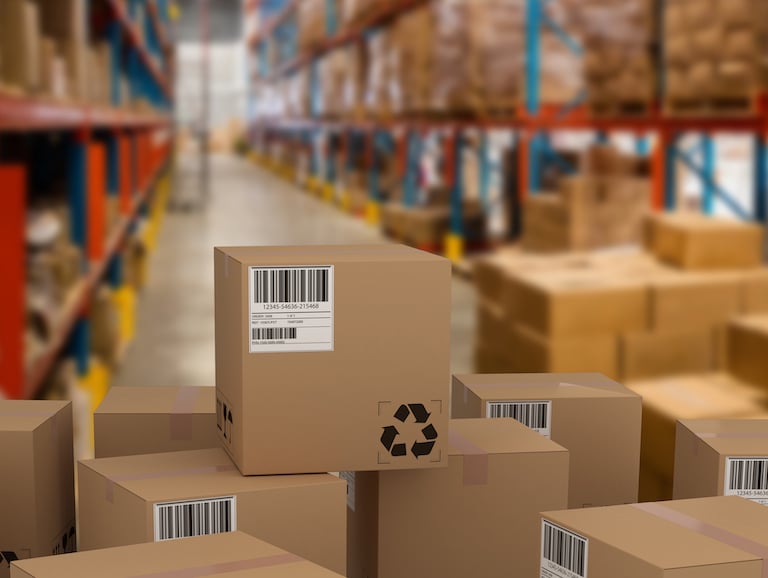
Benefits of Partial Truckload Shipping
Unlike FTL and LTL, there are several benefits that PTL offers to shippers and freight forwarders, especially when you’re shipping slightly larger cargo or time-sensitive loads. Still, each freight mode provides different benefits to shippers.
Here are some benefits that might make PTL transport the ideal solution for your business.
Reduced Risk of Damage
LTL shipping is a terminal-based procedure, meaning each load must make different stops at hubs or facilities to change trailers or add more freight. As a result, there’s a higher risk of damage due to frequent handling or mishandling.
PTL shipping can help you avoid such issues — your shipment is less likely to be unloaded until it arrives at its destination. Plus, PTL shipments rarely make stops at hubs or switch trucks, ensuring the timely arrival of fresh or refrigerated products.
Faster Transit Times
With PTL, your cargo stays on one truck for the entire journey. If your carrier has planned the space well, the trailer will unlikely make extended stops when picking up or delivering other cargo.
This reduces time wasted when loading or unloading cargo. Plus, PTL cargos tend to be less volatile, making deliveries simple for carriers. So, you can expect expedited delivery timeframes and predictable arrival times with PTL compared to LTL or FTL.
No Freight Class
In LTL shipping, freight class is vital when determining the final shipping rate. Carriers consider factors such as liability potential, ease of handling, density, and stowability of the shipment. In this case, shipping glass is more expensive than wood products or cardboard.
This is not the case with PTL transport, allowing you to save money with every shipment. Carriers won’t charge you extra fees based on your shipment's freight class. For example, if you’re shipping a class 400 product, you will likely spend less with PTL than with LTL.
Affordability
PTL shipping can be cheaper than FTL and LTL if you have slightly larger cargo. With FTL, you pay for the entire trailer space and the trucker’s time, even if your load doesn’t fill the space. In LTL, other accessorial charges like re-weight and re-class charges might increase the cost.
For these reasons, PTL shipping makes an affordable freight mode for your business. You can avoid accessorial add-ons and price hikes with LTL while sharing space with other shipments to avoid paying for the entire trailer space.
Grow Your Business with the Right PTL Solution
Today's inland freight system has revolutionized to accommodate the needs of different shippers and freight forwarders. Whether you’re shipping dry, delicate, fresh, or refrigerated cargo, there’s the right freight solution for your business.
FTL and LTL were traditionally the primary freight modes for all shippers and freight forwarders. While helpful and practical, they’re pretty limiting for shippers with slightly larger cargos, impacting their shipping costs, efficiency, and delivery times.
Enter PTL shipping, a solution that combines the benefits of FTL and LTL modes to address the needs of different shippers and small businesses. PTL shipping offers affordable rates and faster transit times, which can improve your bottom line and reputation as a shipper.
The most important aspect is finding the right PTL carrier to guarantee quality services and predictable delivery times. Our Cargobot Pool solution makes this easy, allowing carriers and shippers to connect to fill extra truck spaces and group similar shipments.
You can visit our product page to learn more about our solutions for PTL, FTL, LTL, and more and how we can help you grow your shipping business.

From Our Blog
Stay up to date with what is new in our industry, learn more about the upcoming products and events.
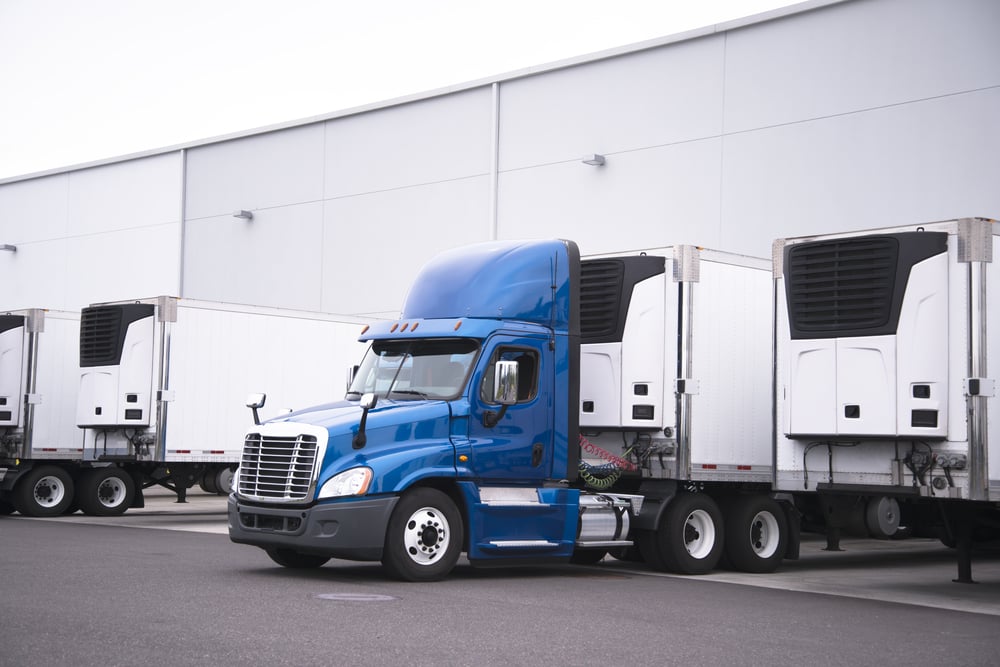
The Ultimate Guide to Cold Chain Shipping: Ensuring Temperature-Sensitive Shipments Stay Safe
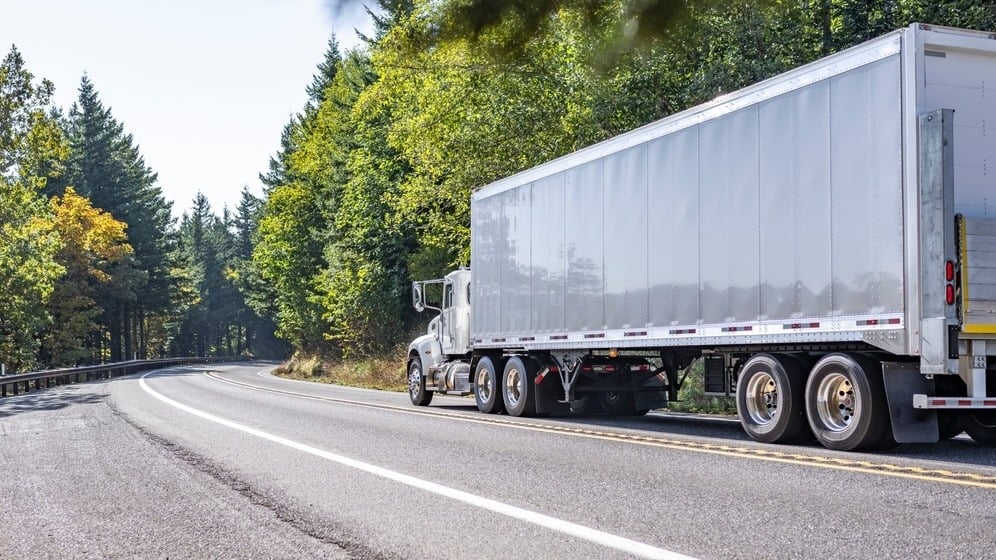
Refrigerated LTL Carriers: The Smartest Way for Cargo Shippers to Transport Temperature-Sensitive Freight
